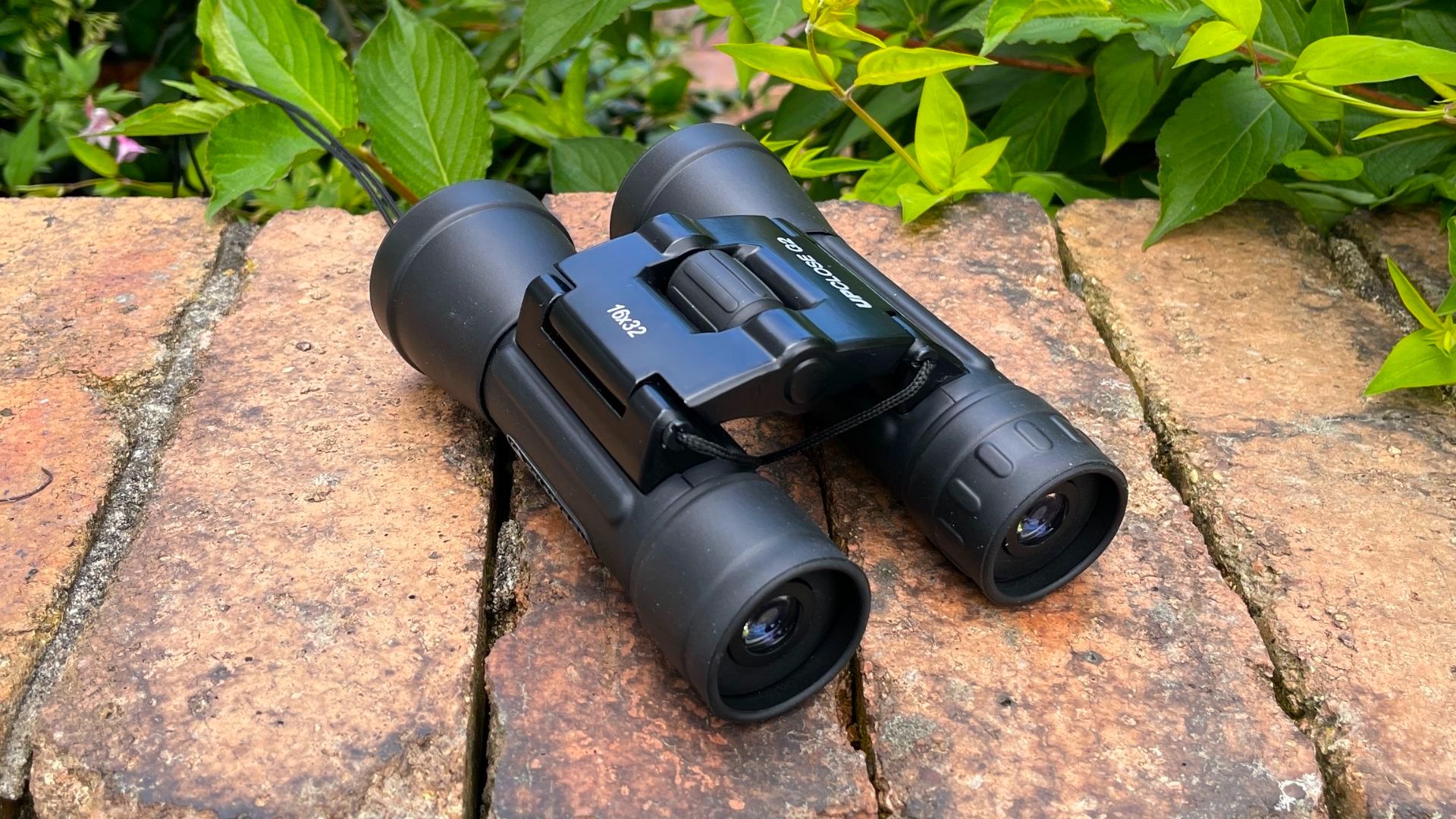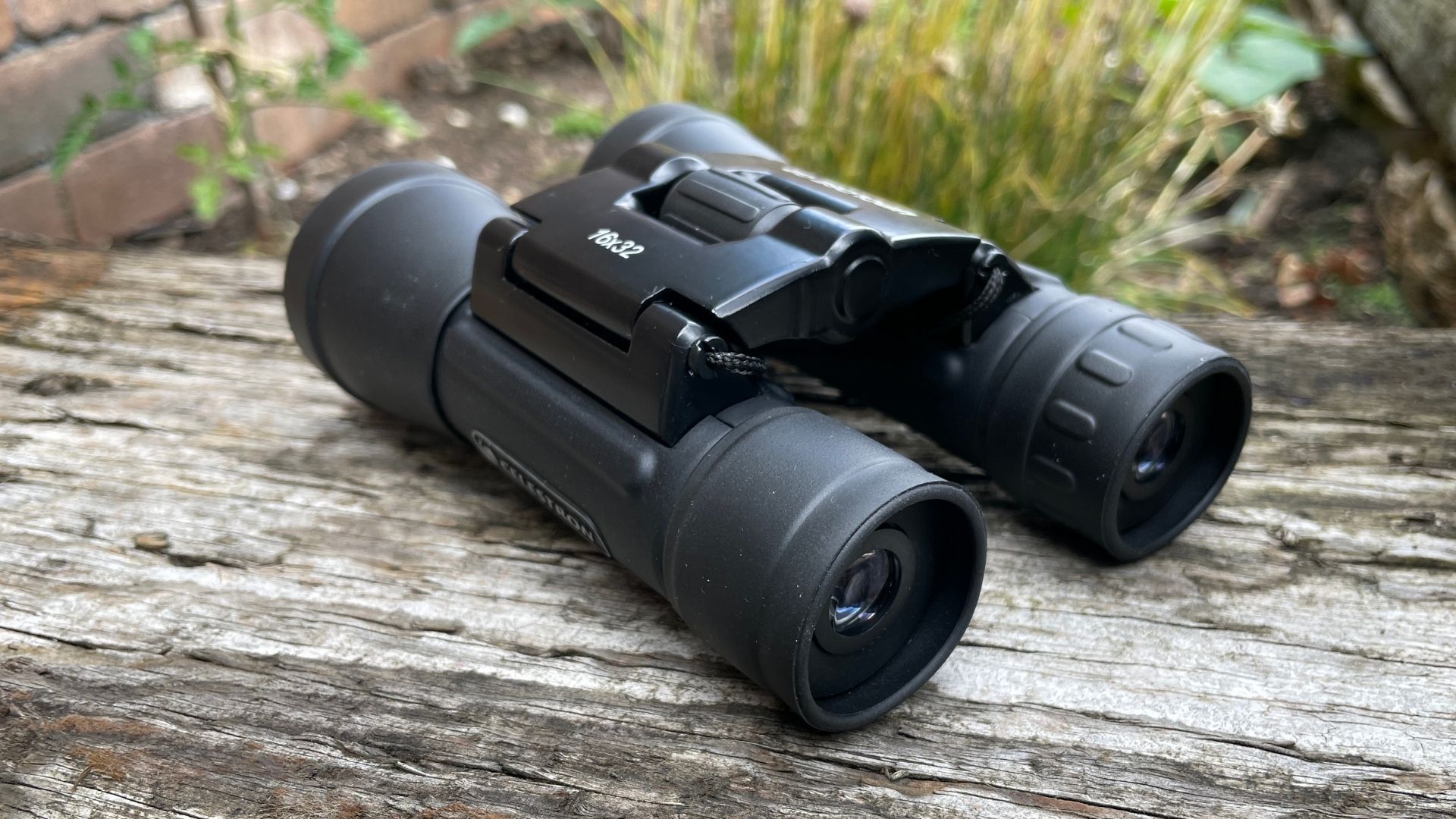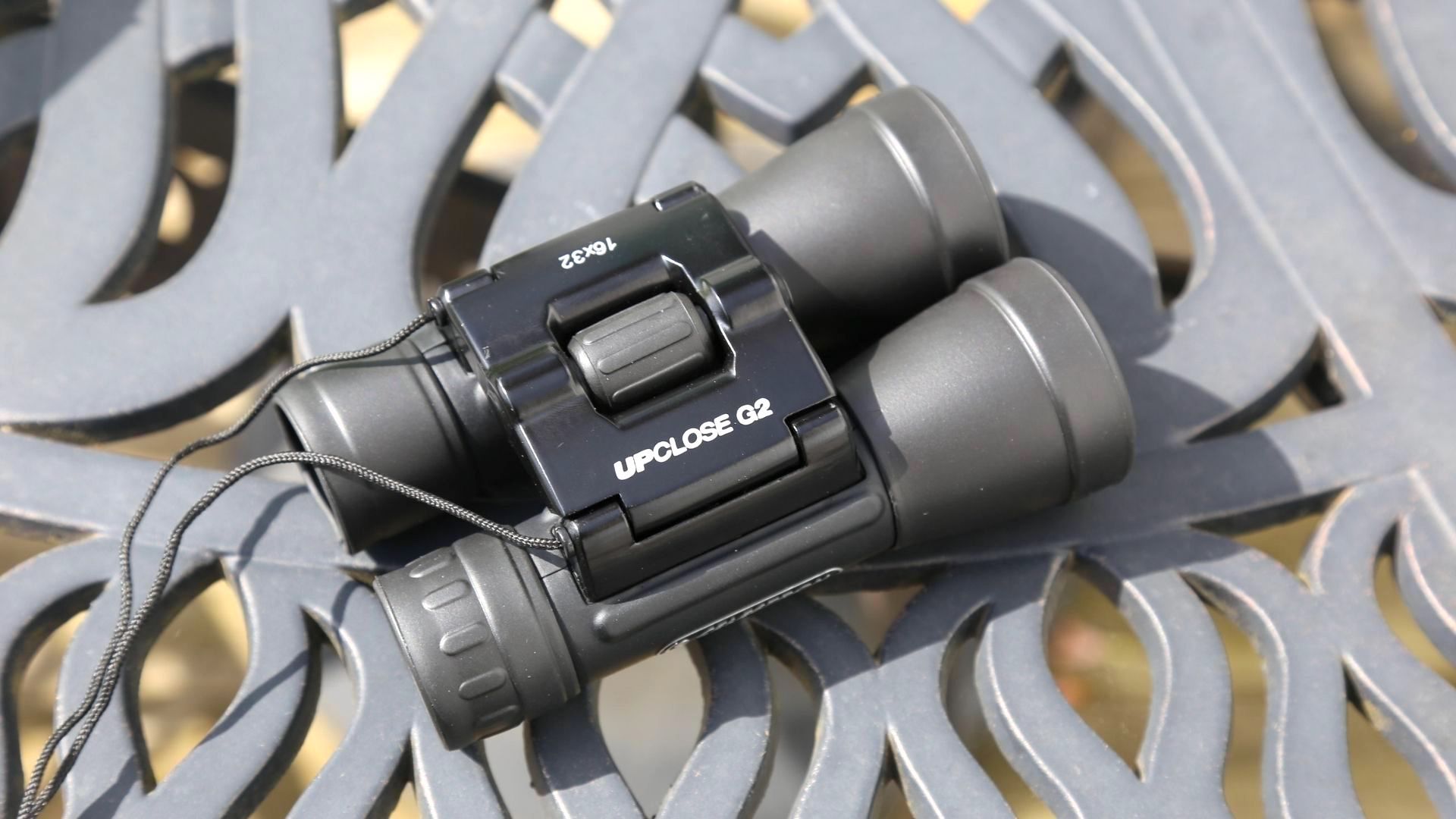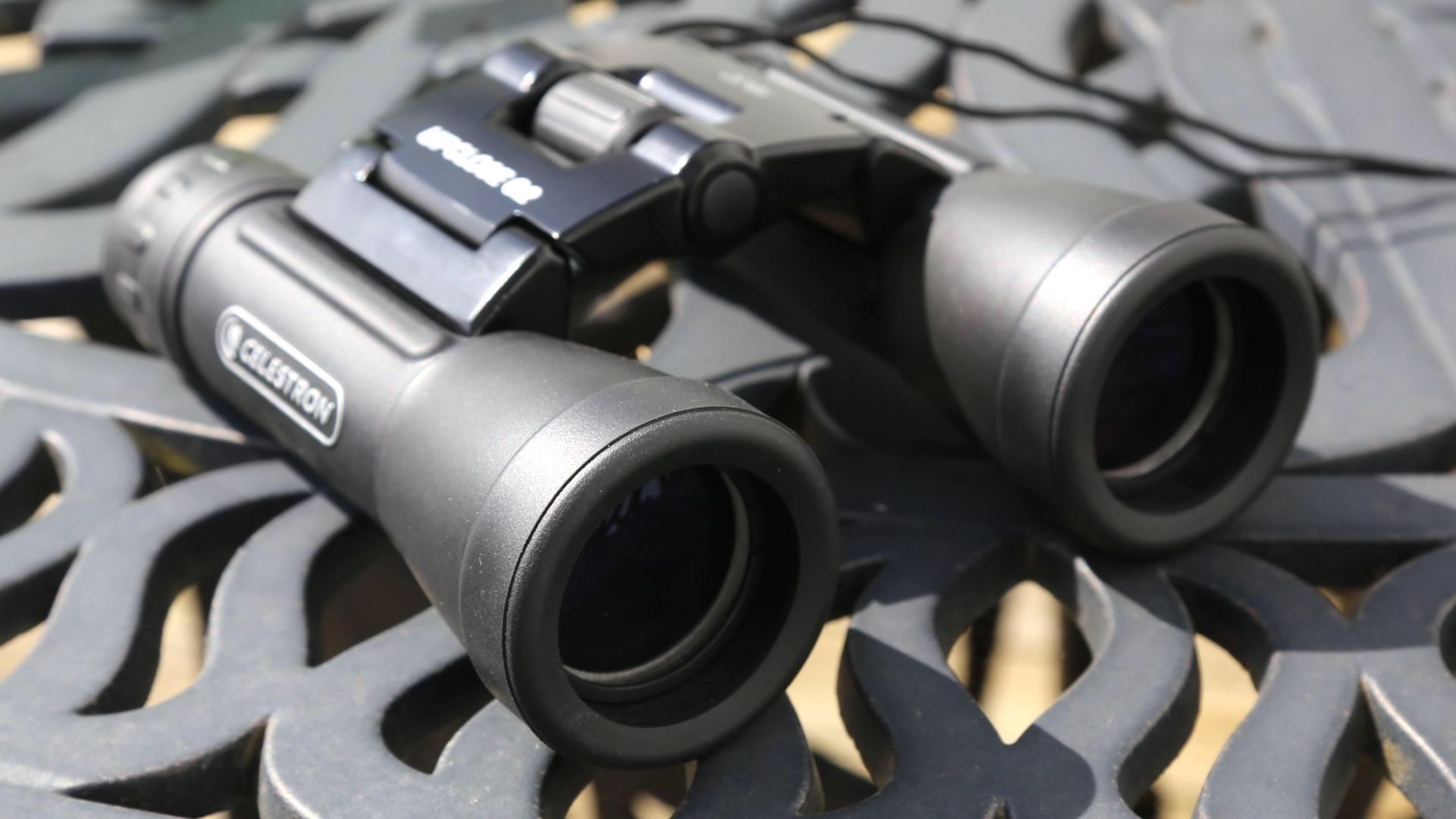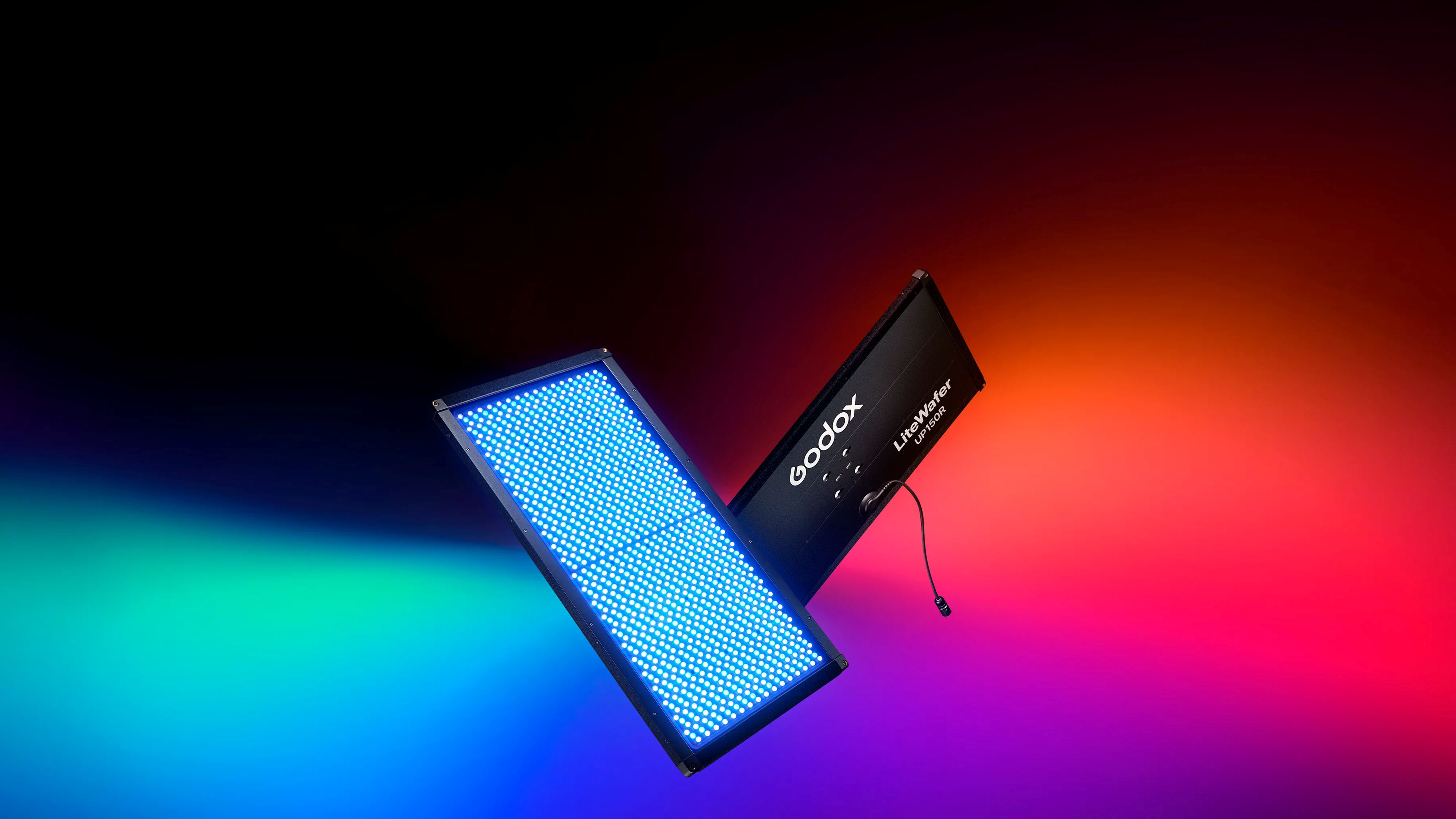Digital Camera World Verdict
Incredibly affordable and with a rugged build quality, the images created by the Celestron UpClose G2 16x32 binoculars lack ultimate brightness, clarity and contrast yet prove useful for getting impressive close-ups.
Pros
- +
High magnification
- +
Rugged build quality
- +
Compact and lightweight
Cons
- -
Images lack immersive feel
- -
Average contrast and some false color
- -
Limited light gathering
Why you can trust Digital Camera World
Once you start to build up a collection of binoculars it’s hard to know where to stop. With so many different powers available, even a good all-rounder like 10x50 (these numbers refer respectively to the magnification factor and the size of the lenses) or a space-saving 8x42 can feel a little under-powered for ultimate close-ups.
Cue the Celestron UpClose G2 16x32, which marries a compact and low-cost design with a high-powered 16x magnification that could be ideal for bird-watching and wildlife, alongside the best binoculars. Here’s how the Celestron UpClose G2 16x32 perform in the field.
Celestron UpClose G2 16x32 Specifications
Magnification: 16x
Objective diameter: 32mm
Field of view at 1000m: 62m
Closest focusing distance: 8m/26 ft.
Eye relief: 10mm/0.4”
Weight: 369g/13 oz
Dimensions: 91 x 56 x 142mm / 3.6 x 2.2 x 5.6”
Celestron UpClose G2 16x32 key features
The Celestron UpClose G2 16x32 is all about getting maximum power for minimum build and spend. Incredibly affordable, it matches a 16x magnification with a 32mm objective lens size. Both specifications bring separate limitations. The former means a focusing distance of 8m/26 ft. A bird just landed just outside your back window You’re out of luck.
The Celestron UpClose G2 16x32 is therefore aimed at getting some substantial magnification when objects are between about 10m and 20m from you. They can look much, much farther, of course, but that’s the range they excel with. The size of their objective lenses also brings a limitation in terms of light-gathering. While the Celestron UpClose G2 16x32 are fine for use in the day they don’t impress in low-light, and can be completely ruled-out for stargazing.
Based on the roof prism optical design, what the Celestron UpClose G2 16x32 do have is multi-coated lenses, though there’s a reminder at the core of the optical engine that they’re mostly about money-saving; they use BK-7 optical glass prisms, which are only ever used on entry-level products.
Celestron UpClose G2 16x32 build & handling
The Celestron UpClose G2 16x32 and very well built for their entry-level price. There’s a useful rubber covering on the two aluminum tubes that makes them easy to grip – ditto for some finger-pads on the undercarriage – while the water-resistant design is useful for any binoculars, but especially those aimed at hikers, bird-watchers and sports fans.
The best camera deals, reviews, product advice, and unmissable photography news, direct to your inbox!
The roof prism design they use not only makes them reasonably lightweight and slim, but enables them to fold-up to a very small size. The hinge that allows them to do that is strong and sturdy, though moves with just enough resistance to stay in place when being adjusted for use. Ditto the focus wheel and the diopter adjuster.
The Celestron UpClose G2 16x32 has no fiddly bits to lose. In place of a neck strap that requires tethering to the chassis – as on most binoculars – is a simple cord to go around the wearer’s neck. It does the job. There are also no lens caps, which could be a worry, though since it ships with a petite case we’re not too worried. That case doesn’t offer much padding, but it does have a belt loop
Celestron UpClose G2 16x32 performance
The Celestron UpClose G2 16x32 does one thing well – great close-ups of objects about 10-20m from the viewer, something most all-round rivals like 8x42 and 10x50 binoculars struggle with. However, we weren’t that impressed with views of anything farther away simply because the images lacked contrast and clarity.
They’re certainly not bright enough to be used when light levels dips – excelling only on bright, sunny days – but even in good conditions the colors are a little dull. The way the eyecups work, using a 10mm flexible rubber surround, preclude an immersive view, too.
Celestron UpClose G2 16x32 verdict
The Celestron UpClose G2 16x32 are not great all-rounders, but they impress at what they’re designed for – high power close-ups. And given that they can generally be picked up for under $50 (like the best budget binoculars under $100) it's hard to be too picky anyway.
Handy, travel-friendly and highly affordable, the Celestron UpClose G2 16x32 will suit anyone after close-ups of birds, animals and objects in the middle distance and they’re good enough for occasional use in vast landscapes and at sea, too.
Their all-in-one design makes them really travel-friendly, too. However, lacking immersive views and without eye-popping color and contrast it’s hard to get excited about the Celestron UpClose G2 16x32.
Read more:
• Best marine binoculars
• Best rangefinder binoculars
• Best compact binoculars
• Best opera glasses
• Best binocular harnesses
• Best binocular tripod adapter
• The 10 best spotting scopes
• The best night vision goggles
• The best opera glasses
• The best telescopes for astrophotography

Jamie has been writing about photography, astronomy, astro-tourism and astrophotography for over 15 years, producing content for Forbes, Space.com, Live Science, Techradar, T3, BBC Wildlife, Science Focus, Sky & Telescope, BBC Sky At Night, South China Morning Post, The Guardian, The Telegraph and Travel+Leisure.
As the editor for When Is The Next Eclipse, he has a wealth of experience, expertise and enthusiasm for astrophotography, from capturing the moon and meteor showers to solar and lunar eclipses.
He also brings a great deal of knowledge on action cameras, 360 cameras, AI cameras, camera backpacks, telescopes, gimbals, tripods and all manner of photography equipment.
